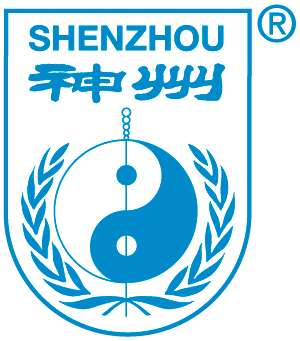Traditional Chinese Medicine
Traditional Chinese medicine has a very long history. Rudimentally, medical practices existed in ancient times, as the fight against disease began when Chinese ancestors tried to survive in the harsh environment. In their search for food, they discovered that some plants were edible and others brought some relief from certain illnesses (Chinese herbal treatment). This is how original experience with medical substances arose.
Likewise, people in the Stone and Bronze Age discovered that certain stone or bronze instruments could be used in the treatment of disease. For example, the “Bian stones,” a type of stone with a sharp shape, which can be seen as the precursors of the acupuncture needles used in acupuncture treatment.
With the use of fire, the possibility arose to not only cook food with fire, to protect oneself from the cold, but it was also discovered that fire had a beneficial effect in the treatment of a number of diseases. This is the origin of the moxa therapy. The use of herbs for external use also dates from this time, since leaves or parts of plants were placed on the wound in case of injuries and wounds.
Two thousand years ago, the text on medicine “Yellow Emperor’s Inner Classic” was created. It summarized past medical experiences. Based on the philosophy of the time, this work provided insight into physiology, pathology, diagnosis and prevention. In addition, this book mentioned the length and capabilities of the human skeleton, the existence of blood and blood vessels, the concept of blood circulation and the dimensions of the internal organs. Over the past several decades, this thousands of years old Traditional Chinese Medicine has been extensively studied, and has proven effective and safe, according to experts in and outside China. Moreover, it has the advantage that it has little or no side effects.
What is meant by the yin-yang theory?
The theory of Yin and Yang, based on a philosophy of Classical China, is one of the most fundamental theories of Traditional Chinese Medicine. According to this theory, the opposition of Yin and Yang is a fundamental law of nature. Everything originates, is developed, motivated and changed by the power of Yin Qi and Yang Qi.
In the universe there are different relationships between Yin and Yang, such as opposition, support, attack, interdependence and transformation. The Yang category generally includes those phenomena that are dynamic, external, upward, radiant and active, or relate to functional activity.
In contrast, phenomena that are static, internal, downward, dark, passive or that relate to material substances belong to the category Yin. In traditional Chinese medicine, these concepts are used to summarize and explain problems in anatomy, physiology, pathology, diagnosis, prevention and treatment.
What does the theory of the five elements entail?
This is one of the most important theories of Traditional Chinese Medicine. The Five Elements are related to five fundamental substances in nature, namely; water, fire, metal, wood and earth, which are used to explain properties and categories of substances in the universe and their mutual relationships. According to this theory, the entire universe is made up of these five fundamental elements; only through their mutual interaction can movement and change of substances occur.
In traditional Chinese medicine, this theory is used to determine pathophysiological conditions of the human body and to guide the clinical diagnosis and treatment of diseases. For example, the Liver, Gallbladder, eyes, tendons and anger all belong to the element Wood. Therefore, not only are the physiology and pathology of the Liver, Gallbladder, eyes, tendons and anger associated with the movement of Wood, but these five things also form a unity. Emotional anger indicates problems in the liver; pathogenic changes of the tendons are related to the liver and gallbladder, and the pathophysiological conditions of the eyes are also related to liver and gallbladder.
How is Diagnosed in Traditional Chinese Medicine?
Diagnosis in TCM is based on four methods: observation (including of the tongue), auscultation and olfaction, palpation (including feeling the pulse), and asking questions. For example, inspection of the tongue is an important diagnostic method. According to TCM theory, the meridians and internal organs are all directly or indirectly connected to the tongue. That is, the essence of the organs nourishes the tongue, and pathological changes can also be manifested on the tongue.
As a guideline in the differentiation of syndromes, the meaning of tongue diagnosis is as follows: an assessment can be made as to whether the patient’s vital Qi is sufficient or insufficient, the location of the disease, the nature of the pathogenic factors, and one can estimate the prognosis of the disease.
Likewise, the pulse condition is a reflection of the condition of the organs, so that feeling the pulse can aid in the assessment of the location, nature and prognosis of the disease.

